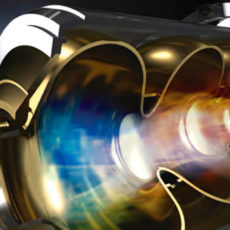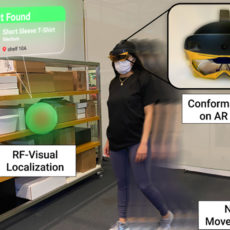
A team of scientists managed to achieve the world’s first X-ray of a single atom in nature. The experiment involved an iron and terbium atom, with both inserted in their respective molecular hosts. Detecting the X-ray signal of a single atom required conventional detectors in X-rays to be supplemented with a specialized detector made of a sharp metal tip positioned at extreme proximity to the sample to collect X-ray excited electrons.

This technique is also known as synchrotron X-ray scanning tunneling microscopy (SX-STM) and enables the team to see the elements within a material and determine its chemical makeup. X-ray spectroscopy in SX-STM is triggered by photoabsorption of core level electrons, combining conventional synchotron radiation with quantum tunneling, which constitutes elemental fingerprints.
No products found.

Atoms can be routinely imaged with scanning probe microscopes, but without X-rays one cannot tell what they are made of. We can now detect exactly the type of a particular atom, one atom-at-a-time, and can simultaneously measure its chemical state. Once we are able to do that, we can trace the materials down to ultimate limit of just one atom. This will have a great impact on environmental and medical sciences and maybe even find a cure that can have a huge impact for humankind. This discovery will transform the world,” said Wai Hla, Director of the Nanoscale and Quantum Phenomena Institute at Ohio University.





